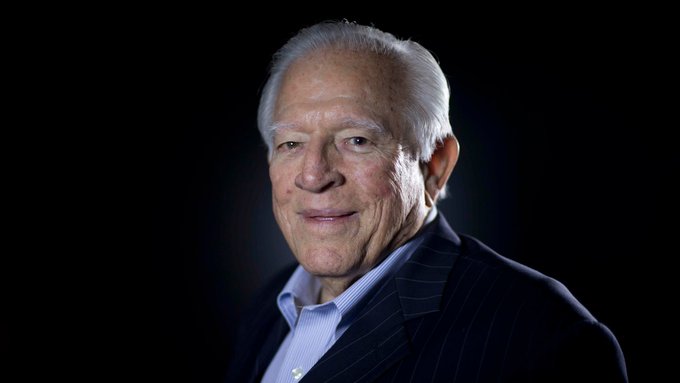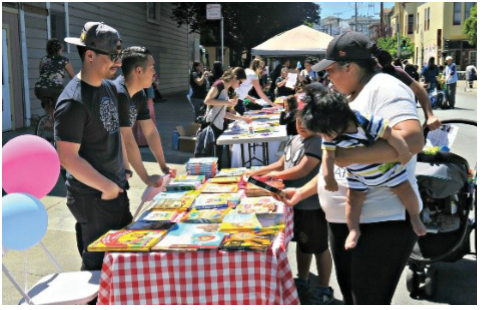If trend continues, US authorities could see highest number since 2008
by Mexico News Daily
Mexicans are attempting to cross illegally into the United States in numbers not seen for more than a decade. Some 147,000 Mexicans were detained by U.S. border agents in the first three months of the year, a figure equivalent to two-thirds of all arrests of Mexicans by the U.S. Customs and Border Protection (CBP) in 2020.
If the trend continues, almost 590,000 Mexicans will be intercepted by the CBP this year, which would be the highest number since 2008, when more than 600,000 were detained.
The spike in the number of Mexicans trying to enter the U.S. without going through official immigration channels comes after years of decreases in migration flows across the northern border. In 2017 — for the first time ever — the number of Mexicans returning home from the United States exceeded the number of Mexicans heading north.
Migration expert Eunice Rendón told the newspaper Milenio that CBP arrests of Mexicans last month were more than four times higher than the level seen in recent years.
“In March, for example, border patrol captured 171,000 people, of whom 68,000 were Mexicans. … What we have seen in other years is [the detention of] 15,000 Mexicans [per month],” she said.
Rendón attributed the surge to economic factors related to the coronavirus pandemic as well as displacement caused by violence.
In the almost 2 1/2 years since President López Obrador took office, about 776,000 Mexicans have been detained by the CBP, meaning that arrests during the six-year term of the current government are on track to exceed the number recorded during the 2012–2018 presidency of Enrique Peña Nieto, during which about 1.15 million Mexicans were intercepted.
Writing in the newspaper El Universal, columnist León Krauze noted that López Obrador said in a 2019 interview with the news agency Bloomberg that his “dream” was to reach a point in his presidency at which there would be no need for Mexicans to migrate to the United States because they had work and could be happy where they were born.
Not o n ly has the president not achieved that goal but the migration of Mexicans has, in fact, increased, he wrote.
“About four of every 10 migrants detained on the [United States] southern border in recent weeks are of Mexican origin,” Krauze wrote, adding that “the grave trend” threatens to undo gains made over the past decade during which migration of Mexicans to the U.S. recorded negative numbers.
The columnist said there was no detailed study about the new wave of Mexican migration to the United States but contended that the causes are the same as those that drive other people in the region. Krauze cited insecurity, poverty, lack of work opportunities and climate changes as migration push factors.
“The consequences of the pandemic have been particularly harsh in Mexico, where the government has failed in the containment of the health emergency and in the management of the economic crisis. The explosion in poverty in the country has the same consequence as always: the people go to where there is … the possibility to survive,” he wrote.
The journalist asserted that López Obrador needs to urgently respond to the growing migration phenomenon, which has also been encouraged by the departure of former U.S. president Donald Trump, who enacted harsh immigration policies, and the arrival in the White House of current President Joe Biden, who rolled back some of his predecessor’s policies even as he simultaneously told migrants not to come to the U.S.
Krauze added that 2021 data shows that the government is failing in what López Obrador described as its responsibility to guarantee security, employment and well-being for the Mexican people so that they don’t have to leave their homes and seek a better life elsewhere.
“ T h e r e i s s t i l l t i m e t o r e c tify [the situation],” he wrote.
S o u rc e : Mi l e n i o (sp), El Universal (sp)







